The most direct way that we meet our mission is through “brick-and-mortar” projects. On this page you will find all projects completed through the APL.
Projects
The most direct way that we meet our mission is through “brick-and-mortar” projects. On this page you will find all projects completed through the APL.
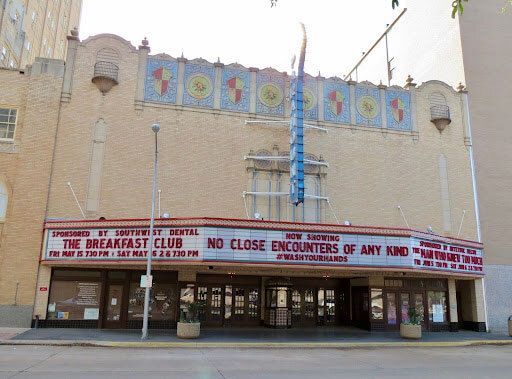
158 Cypress Street
Style: Exotic Revival, Eclectic
Horace O. Wooten, a prominent West Texan wholesale grocer, financed construction of the Paramount as part of his Wooten complex to compliment the adjacent Wooten Hotel, West Texas’s first modern skyscraper. Designed by famed architect David S. Castle, the Paramount opened May 19th, 1930. It continued to operate as a premier movie theatre until the mid-1970s, when thinning downtown traffic caused declining box office revenues. The theatre was closed for the first time since its opening.
There were talks for the Paramount to be demolished and replaced with a parking lot. Instead, the Abilene Preservation League worked to place the building on the National Register of Historic Places and a local foundation financed a full authentic restoration of the building completed in 1987.
The theatre is now operated and cared for by the non-profit Historic Paramount Theatre, Inc.
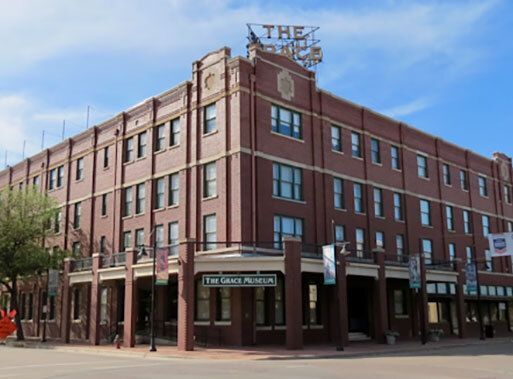
102 Cypress Street
Style: Mission/Spanish Revival, Eclectic
Colonel W.L. Beckham built the Grace Hotel in 1909 and named the property after his daughter, Grace. This structure was the finest full-service hotel on the railroad line between Fort Worth and El Paso. It’s location is no mistake – when you visit this site, you will notice it’s right across the street from the T&P train station. Renamed the Drake in 1946, the hotel flourished until the 1960s when passenger train service ceased in Abilene and downtown traffic declined. It closed in 1973 when its boiler failed and by the 80s was in ruin and inhabited by rats, vagrants, and cats.
The Abilene Preservation League intervened by purchasing the hotel in 1986 and returning the property to its former glory. The site reopened as the Grace Cultural Center on February 15, 1992. In 1998, the official name of the museum changed to The Grace Museum. This property is now owned and operated by the nonprofit, Grace Museum, Inc.
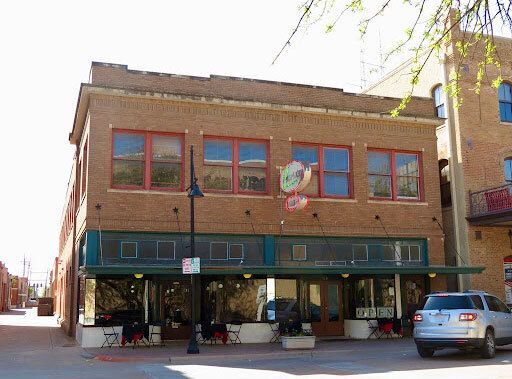
158 Cypress Street
Syle: Late Victorian, 19th Century Commercial
Built in 1923, the Compton Building housed a drug store and cleaners for many years. The second floor was used for medical offices. Although the building doesn’t have significant history on its own, it is one of Abilene’s original downtown buildings and contributes to its historic district.
The Abilene Preservation League rehabilitated the property in 1993 and it has since been home to Cypress Street Station.
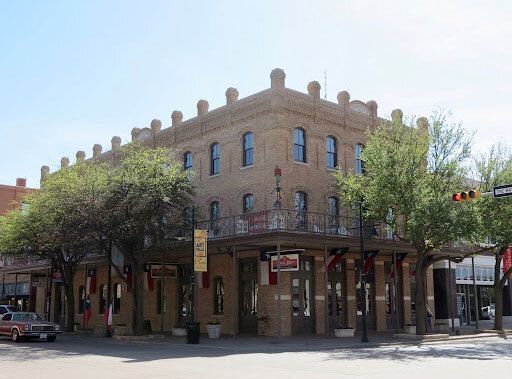
174 Cypress Street
Style: Exotic Revival, Gothic/Neo-Gothic
The Cypress Building was constructed in 1890 as Abilene’s original Windsor Hotel. During the 80s, the structure underwent an extensive remodel that hid all of its original architecture with a “boxed” metal facade. In 1998, the Abilene Preservation League restored the structure to its earlier beauty.
This is Abilene’s oldest standing commercial building. It currently houses Development Corporation of Abilene, Abilene Chamber of Commerce and Texas Star Trading Co.
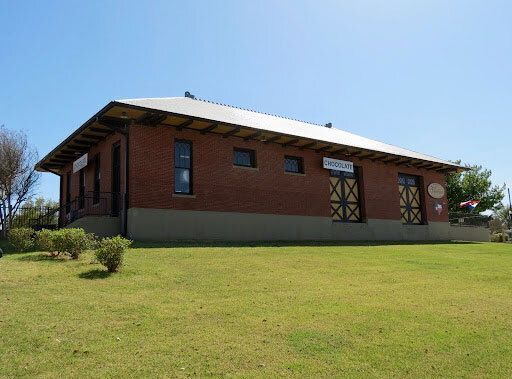
1201 North First Street
Style: Italianate, 20th Century Commercial
Located to the west of the T&P Train Depot, The Express building was completed in 1910 where it began serving Wells Fargo Express. In 1933, the City of Abilene and the T&P announced a $255,000 underpass/mainline project. Both entities opted to raise the T&P mainline through Abilene by 8ft which required the relocation of the Express building. Construction officially began on January 13, 1936. The building, now Railway Express Agency, was dismantled brick by brick from the east side of Cedar St. and rebuilt using the same materials on the west side of Cedar St..
The Abilene Preservation League preserved the building In 1998.
It is now home to Candies by Vletas, a historical candy company established in Abilene in 1912.
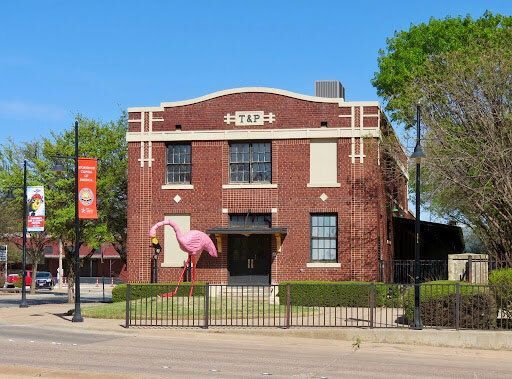
901 North First Street
Style: Art Deco, Art Moderne
The Texas & Pacific Railway (T&P) Freight Warehouse was completed in 1918 as part of T&P's $50,000 yard upgrade and improvement project announced in 1915. This came as freight numbers recorded were 1000 tons per capita above El Paso. Construction of the structure officially began on October 9th, 1917, by the Watson Bros. Construction company of Dallas. The depot was completed around March 12, 1918, with the arrival of T&P officials inspecting the work. The new freight depot featured a telegraph office in the southwestern most corner of the first floor along with the main offices. An agent's office and cashier's cage were located on the second floor. The freight room was doubled in size from the previous structure with a size of 40ft wide and 260ft long.
The building anchors the southwest corner of the T&P Historic District and represents the importance of the railroad in Abilene’s history. The Abilene Preservation League preserved the property in 1999.
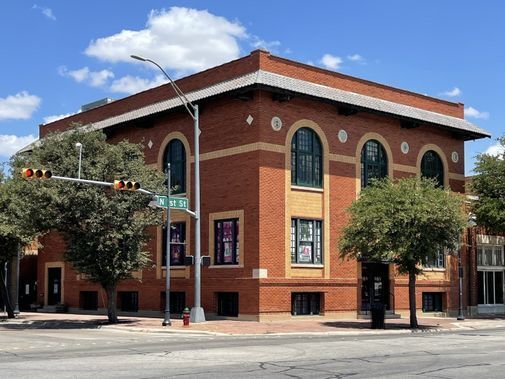
1174 North First Street
Style: Italianate, Romanesque Revival
The Elks Arts Center was built in 1913 for the Benevolent and Protective Order of the Elks and served as Lodge 562 from 1900 to 1937. The Lodge reorganized in 1955 and permanently closed in 1964. With the arrival of Camp Barkeley, the building was used as a USO Club during WWII and frequently hosted dances. The City of Abilene has owned the building since 1945 and has used it as a City Hall annex, police training facility and the Human Relations Center, an MHMR facility. Over time, the structure fell into disuse and there were discussions to tear it down to build a parking lot. Instead, in 2001, the Abilene Preservation League preserved the structure and it has since served as a hub for arts and non-profits.
It is currently home to the Abilene Preservation League.
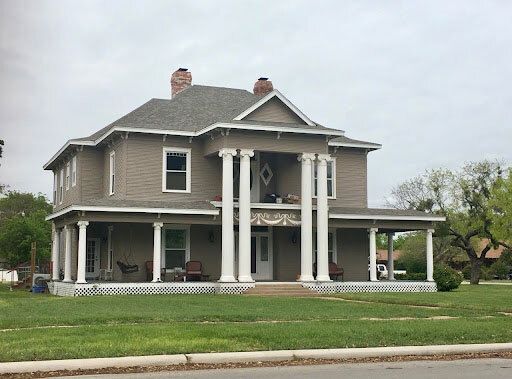
1910 North Third Street
Style: Colonial Revival, Greek Revival
Rosetyme is one of the earliest fine houses in Abilene and the first in the city to have electricity. Dr. Jefferson Davis Magee and his wife, Anna, moved to Abilene in 1902 and owned a drugstore and extensive practice. In 1903, he built the home, which was noted for its hospitality. Built on an entire city block, the structure was of oak lumber with lofty ionic columns of cypress. In 1962-70, it was restored and preserved by Mr. and Mrs. John L. Thompson. In 2008, the home caught fire and the Abilene Preservation League stepped in to stabilize it. During the stabilization process, the APL sold the home to Jim and Dana Willeford who agreed to continue preservation of the property.
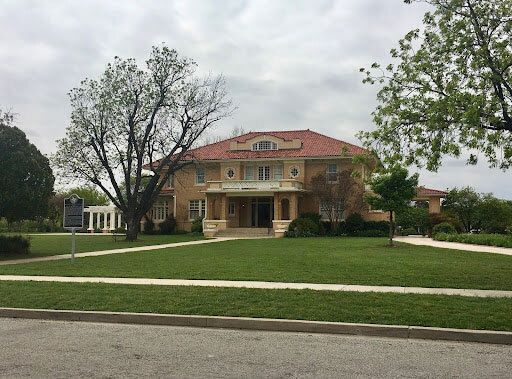
1726 Swenson Street
Style: Mission/Spanish Revival, Eclectic
In 1908, the Swenson House was built for W.G. Swenson, an entrepreneur and prominent businessman in early Abilene, and his family. The home stayed in the Swenson family until 1986, when they donated it to the Abilene Preservation League. Preservation was completed in 2019, when the APL transferred ownership of the property to the Swenson House Historical Society, a separate non-profit that formed out of the APL.